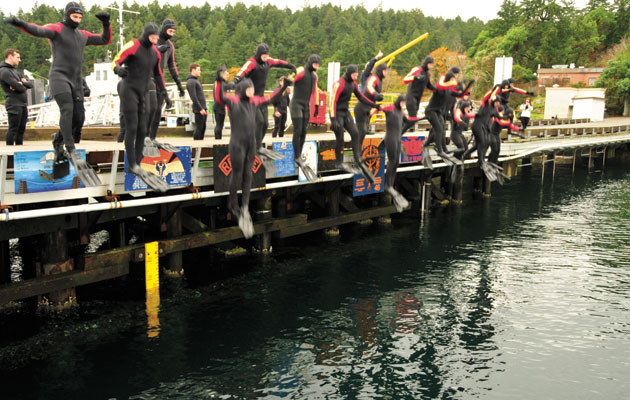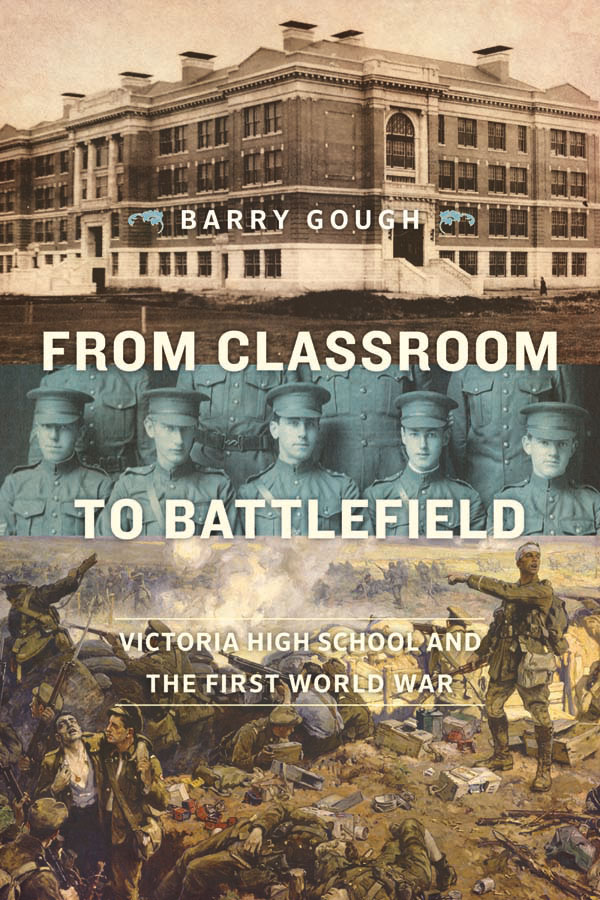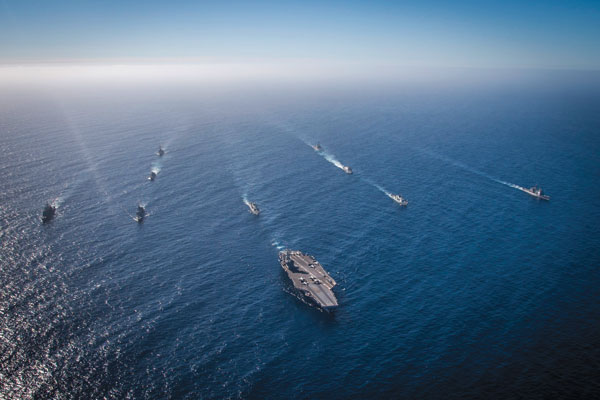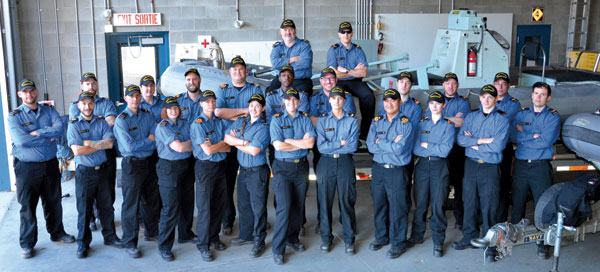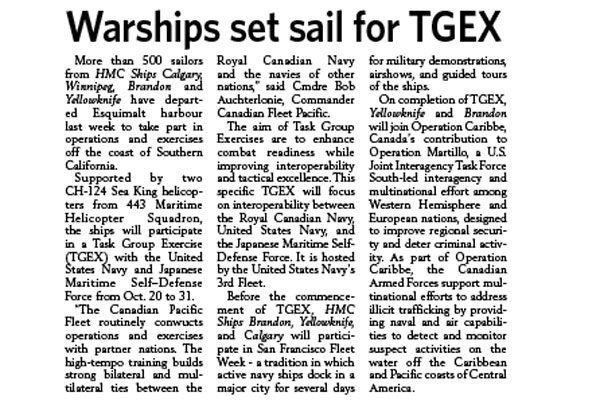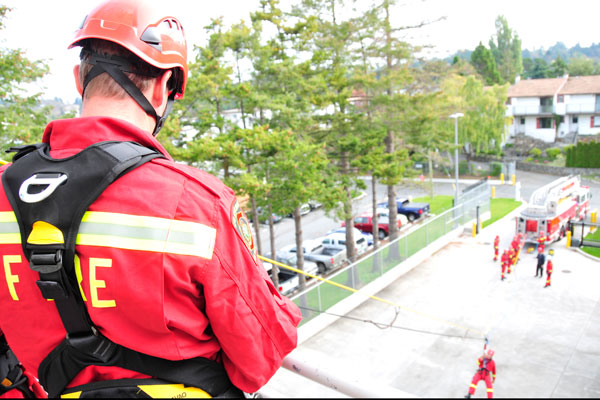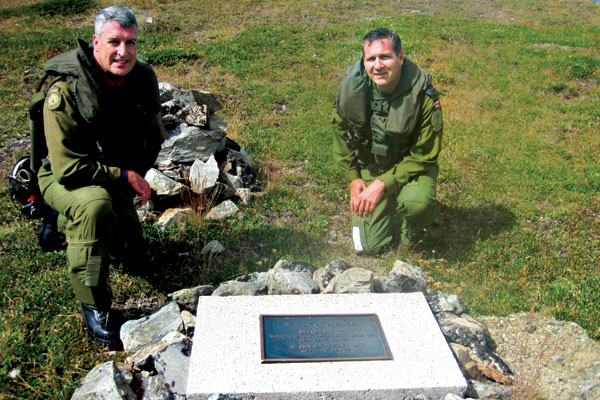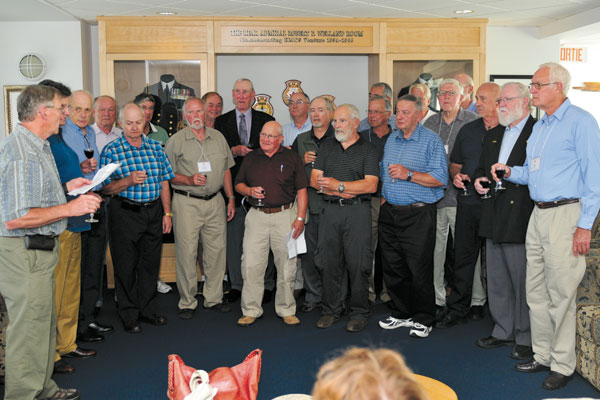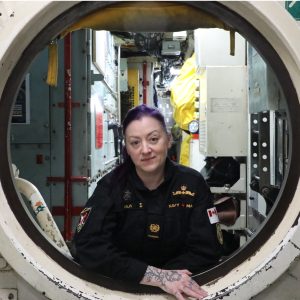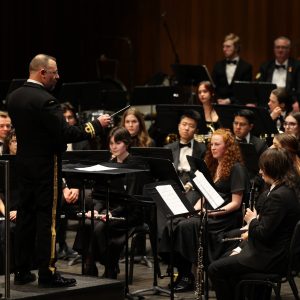Local man dedicates brick to slain soldiers
[caption id="attachment_8614" align="alignnone" width="300"] "The Homecoming” memorial statue in Victoria’s Inner Harbour[/caption]A generous donation by a local business man has honoured two fallen soldiers and supported military families at the same time.Casey Edge, Executive Director of the Victoria Residential Builders Association, purchased a brick at “The Homecoming” memorial statue in Victoria’s Inner Harbour, dedicating it to the memory Cpl Nathan Cirillo and WO Patrice Vincent.He wanted to pay his respects to the two CAF members who were tragically killed last month in two separate attacks.“I think the families of these men would be happy to know they are being honoured and remembered all across the country,” says Edge.The brick reads, “Cpl Nathan Cirillo. WO Patrice Vincent. Honour and Remember”, and was placed at the memorial Nov. 6.Edge says he was compelled to make the donation following the tragic events in Quebec on Oct. 20 and in Ottawa on Oct. 22.“It happened over 4,000 kilometres away, but it had a profound effect on everyone,” says Edge.“We had Remembrance Day and then in the same week we have our [municipal] elections. The elections generally have a pretty low turnout, and it seems like a lot of people don’t care to participate in a free election, which is a privilege many other countries don’t have access to. This can stand as a reminder of the freedoms people put their lives on the line for.”The money from the brick dedications goes directly to the Military Family Resource Centre, providing additional funding for programs and aid for military families.Edge says this was another one of the reasons he chose to memorialize Cpl Cirillo and WO Vincent the way he did.“The military aspect is a very important aspect of our community, and maybe we don’t think about that as much as we should,” he says.Shawn O’HaraStaff Writer


